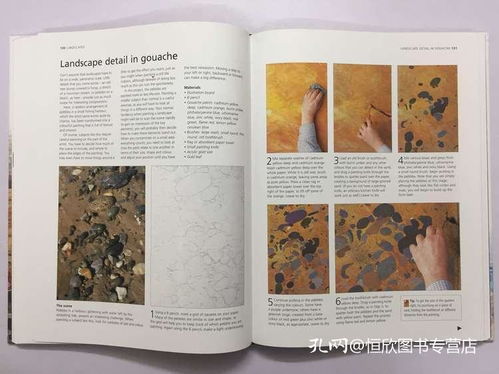The Ultimate Guide to Using Worms as Bait for Fishing Success

Fishing is an art that has been cherished by enthusiasts for centuries. One of the most classic and effective methods of catching fish is by using worms as bait. Whether you are a seasoned angler or a beginner, understanding how to properly use worms can significantly enhance your fishing experience. In this comprehensive guide, we will delve into the world of fishing with worms, covering everything from selecting the right worms to mastering the technique of tying them onto your hook.
Choosing the Right Worms
The first step in using worms as bait is to choose the right kind. There are several types of worms commonly used in fishing, each with its own unique characteristics:
Nightcrawlers: These are among the most popular worms for fishing. They are large, juicy, and have a high protein content that attracts a wide variety of fish. Nightcrawlers are particularly effective in still waters and during low-light conditions.
Redworms: Also known as earthworms, redworms are versatile and can be used in various fishing environments. They are small and can be threaded onto a hook with ease.
Lumbers: These are a type of nightcrawler that is larger and more robust. They are ideal for targeting larger fish species and are often used in deeper waters.
Grassworms: These worms are found in grassy areas and are excellent for catching fish in ponds and lakes. They are slender and have a natural sheen that can be very attractive to fish.
When selecting worms, it's important to look for ones that are active and healthy. Avoid worms that are slimy or have a foul odor, as these may not be as effective at attracting fish.
Preparing the Worms
Once you have chosen your worms, the next step is to prepare them for use. Here are some tips to ensure your worms are in top condition:
Keep them cool: Store your worms in a cool, dark place. A refrigerator or a worm bin with a damp cloth over the top can be effective.
Moisten them: Before using, gently moisten the worms with water. This helps to keep them alive and more appealing to fish.
Cut them if necessary: If a worm is particularly large, you may need to cut it into smaller pieces to fit it onto your hook.
Tying a Worm onto a Hook
The technique you use to tie a worm onto a hook can greatly affect your fishing success. Here's a step-by-step guide to tying a worm:
Thread the hook: Begin by threading the hook through the worm. For larger worms, you may need to push the hook through the worm's body. For smaller worms, you can thread the hook through the end of the worm.
Secure the worm: Once the hook is through the worm, twist the worm around the shank of the hook to secure it. This can help to prevent the worm from sliding off the hook.
Add weight: If you are fishing in deeper waters or need additional weight to reach the fish, you can add a split shot to your line above the worm.
Adjust the worm: Make sure the worm is not twisted or tightly wrapped around the hook. It should be loose enough to move naturally in the water.
Fishing with Worms
Now that your worm is tied onto the hook, it's time to start fishing. Here are some tips to help you catch more fish:
Cast gently: When casting, avoid making a lot of noise or splashing water. Fish are easily spooked, so a gentle approach is key.
Use a slow retrieve: Let your bait sink to the bottom and then slowly retrieve it. This mimicry of natural prey can be very effective.
Change your technique: If you're not having luck, try changing your retrieve speed, depth, or the way you present the worm.
Observe the water: Pay attention to the water's surface and any fish activity. This can give you clues about where to cast and how to adjust your technique.
Conclusion
Using worms as bait is a timeless and effective method for fishing. By selecting the right worms, preparing them properly, and mastering the technique of tying them onto your hook, you can significantly improve your chances of catching fish. Remember to practice patience and observation, and soon you'll be a worm fishing pro. Happy fishing!












